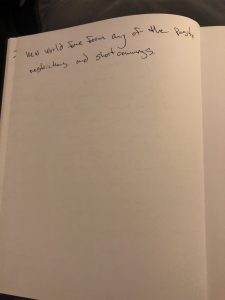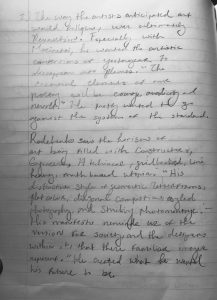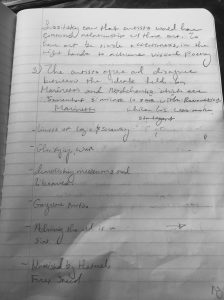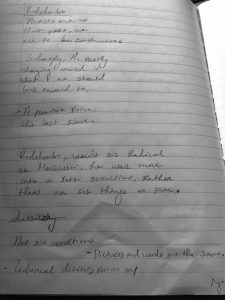This assignment is posted early in case you’d like to take advantage of the extra time between classes. Be sure to complete the October 7 assignment before working on this one.
While our readings for the 16th are similar to the past couple of weeks, the written portion will be the first of the two longer responses to be completed during the semester.
The readings are as follows:
Beatrice Warde, The Crystal Goblet, or Why Printing Should be Invisible (1930): Warde_CrystalGoblet
A selection from György Kepes’ Language of Vision: Painting, Photography, Advertising-Design: Kepes_Language_of_Vision_exc
Requirements for the written portion are included below. Note that you do not need to address these two texts in the paper if they are not directly relevant to your topic, but you must be prepared to discuss them in class on the 16th.
First Paper
Select a design object created after 1969 in which the influence of the theories considered thus far can be seen. Begin with a brief description of the object, the designer who created it, and the historical circumstances under which it was made. Considering these factors, examine the ways in which the creator was responding, directly or indirectly, to theories related to linguistics or semiology, Futurism, Constructivism or Gestalt psychology (ie. any of the ideas that we’ve read and discussed). Provide direct references to relevant passages from our readings. Locate additional writings using library resources to substantiate your comparisons.
This response will be submitted as a 750-1000 word typewritten paper, double-spaced in 12 pt. Times New Roman. Include images of the work under consideration and any other relevant illustrations. Cite all materials researched for historical context, any related writings, and image sources. All sources, references and quotations should be cited in MLA format.
Submit a printed hard copy of this paper at the start of class on the 16th.















